-
×
-
×
-
×
-
×
-
×
-
×
Subtotal: £151.93
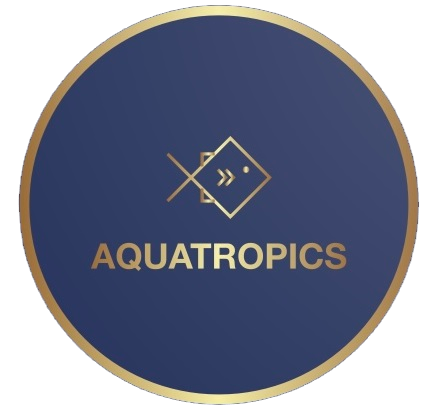



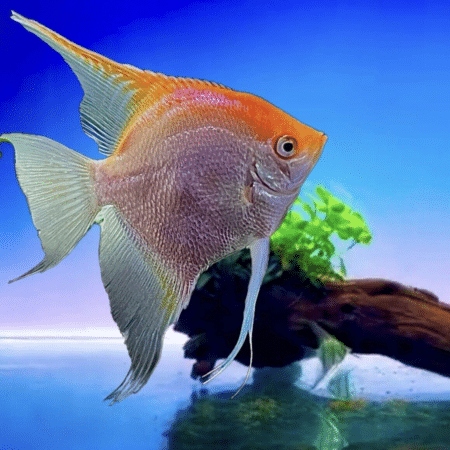

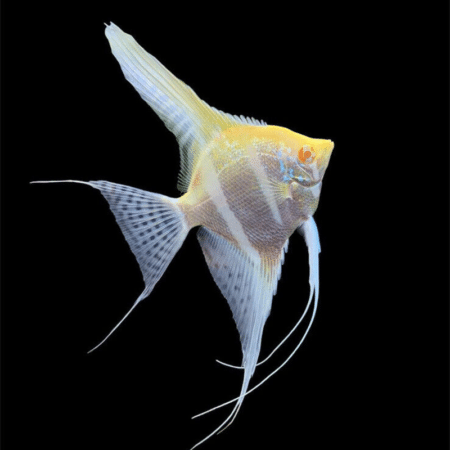
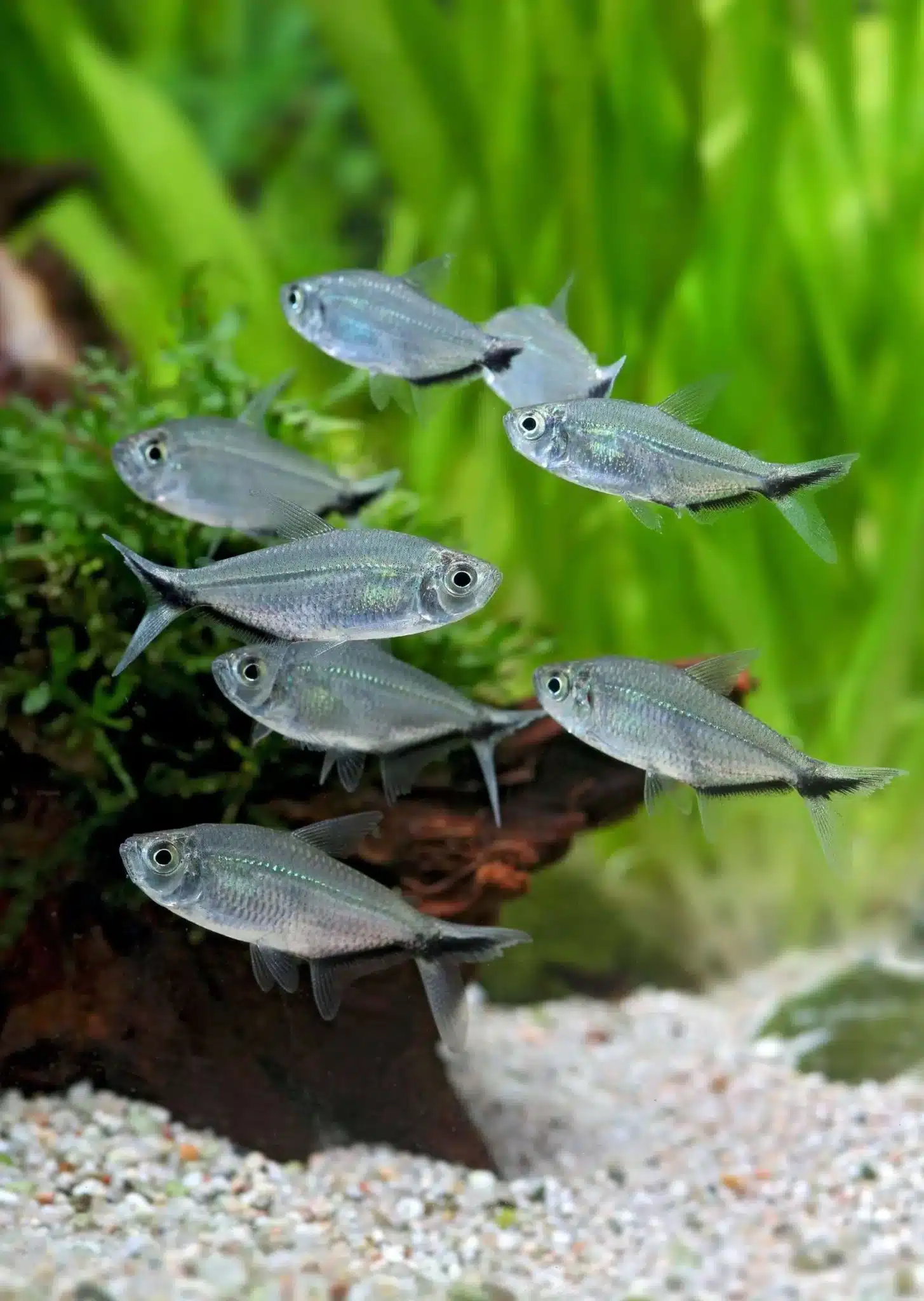
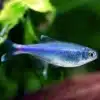
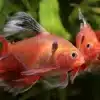




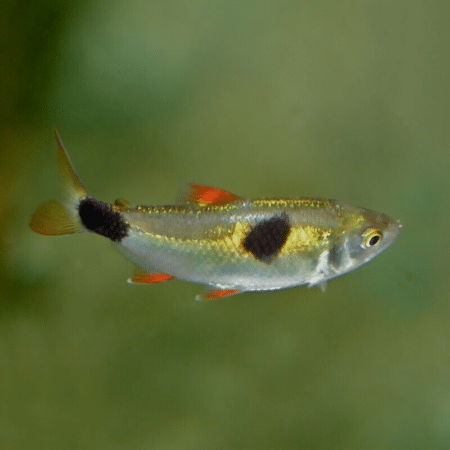

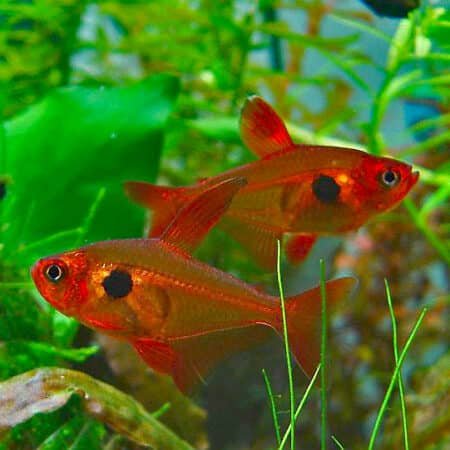


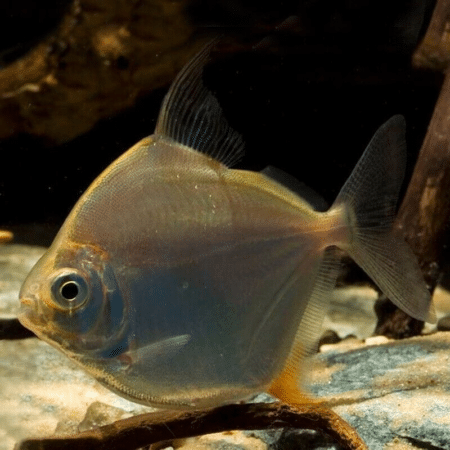


Emily Carter (verified owner) –
I recently added 6 Blackline Tail Tetras (Moenkhausia costae) to my 55-gallon aquarium, and I couldn’t be happier with my choice! After a week of watching them adjust, it’s clear they thrive in a peaceful community setup alongside my neon tetras. Their shimmering tails and subtle blackline markings are a stunning contrast against the green plants I have.
From day one, these freshwater fish have been active and playful, darting around with such grace. They really bring my tank to life! I appreciate that they stay small, around 2 inches, making them perfect for my setup. Compared to other tetras I’ve kept, these have a unique charm thanks to their distinctive appearance and behavior.
The shipping was quick, and they arrived healthy and full of energy, which speaks volumes about the seller’s care for fish welfare. One minor concern is that they can be a bit shy initially; providing plenty of hiding spots helped them acclimate faster.
I highly recommend the Blackline Tail Tetra for anyone looking to enhance their community aquarium. They’re particularly great for both beginners and experienced hobbyists who want to add a splash of color and movement. I can’t wait to see how they grow and interact over time!
Emily Thompson (verified owner) –
I recently added 6 Blackline Tail Tetras (Moenkhausia costae) to my 55-gallon tropical freshwater aquarium, and I couldn’t be happier! These little beauties are absolutely stunning, showcasing vibrant colors and that gorgeous black line on their tails really makes them stand out against the lush plants. After about two weeks of observation, they’ve bonded beautifully and swim together as a tight-knit school, bringing so much life to the tank.
What I love most is how peaceful they are, making them suitable companions for my other freshwater fish, including neon tetras and guppies. It’s heartwarming to see them thrive and exhibit natural behaviors in their environment. One minor concern was that they took a little time to adjust initially, but that’s typical with any new addition, right?
If you’re a caring fish parent or just starting out, I highly recommend these tetras for their beauty and friendly nature. They really elevate the aesthetics of the aquarium, and I can’t wait to see them grow! Just ensure you provide plenty of space and plants for them to explore. I would definitely buy more in the future!